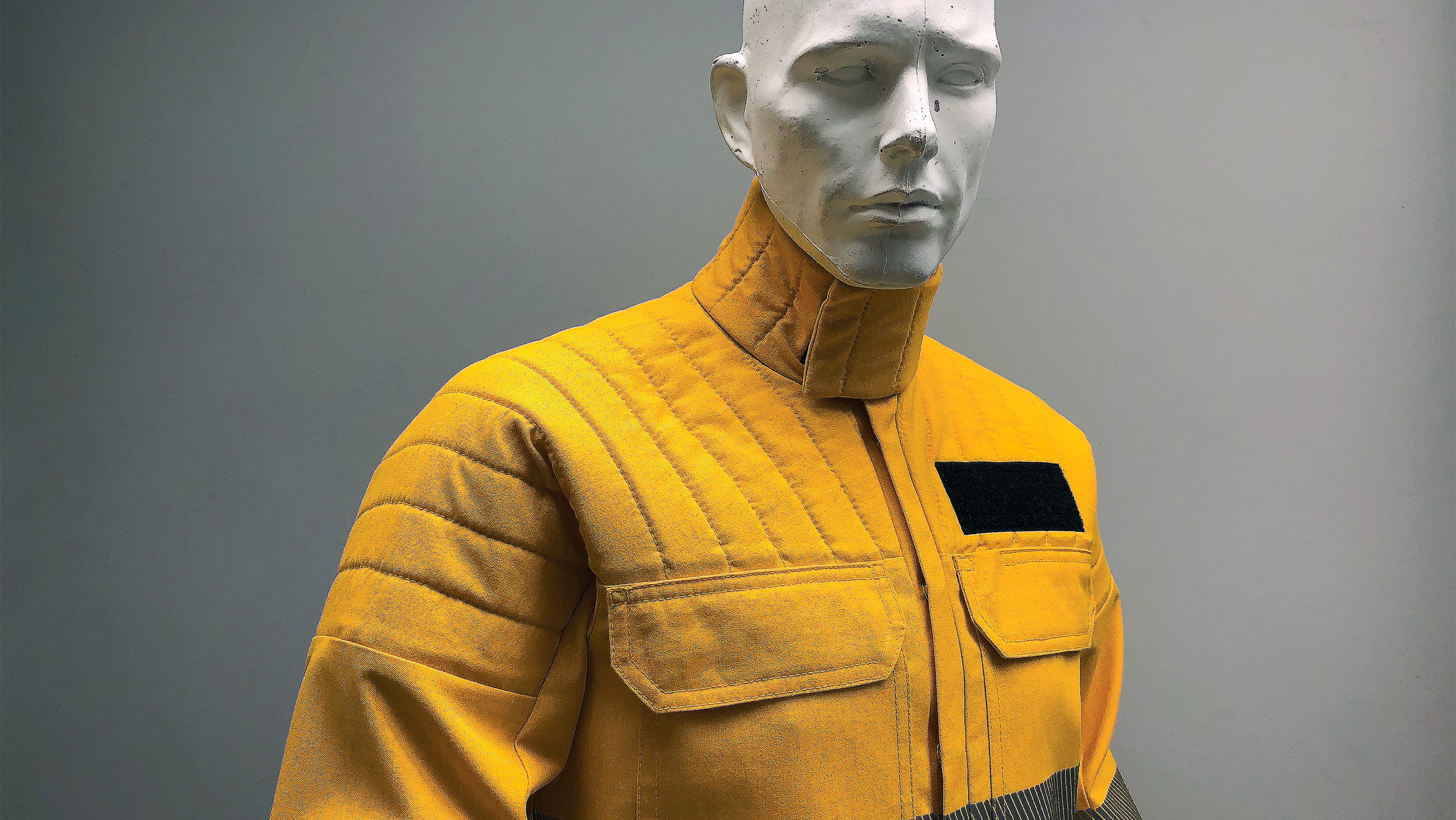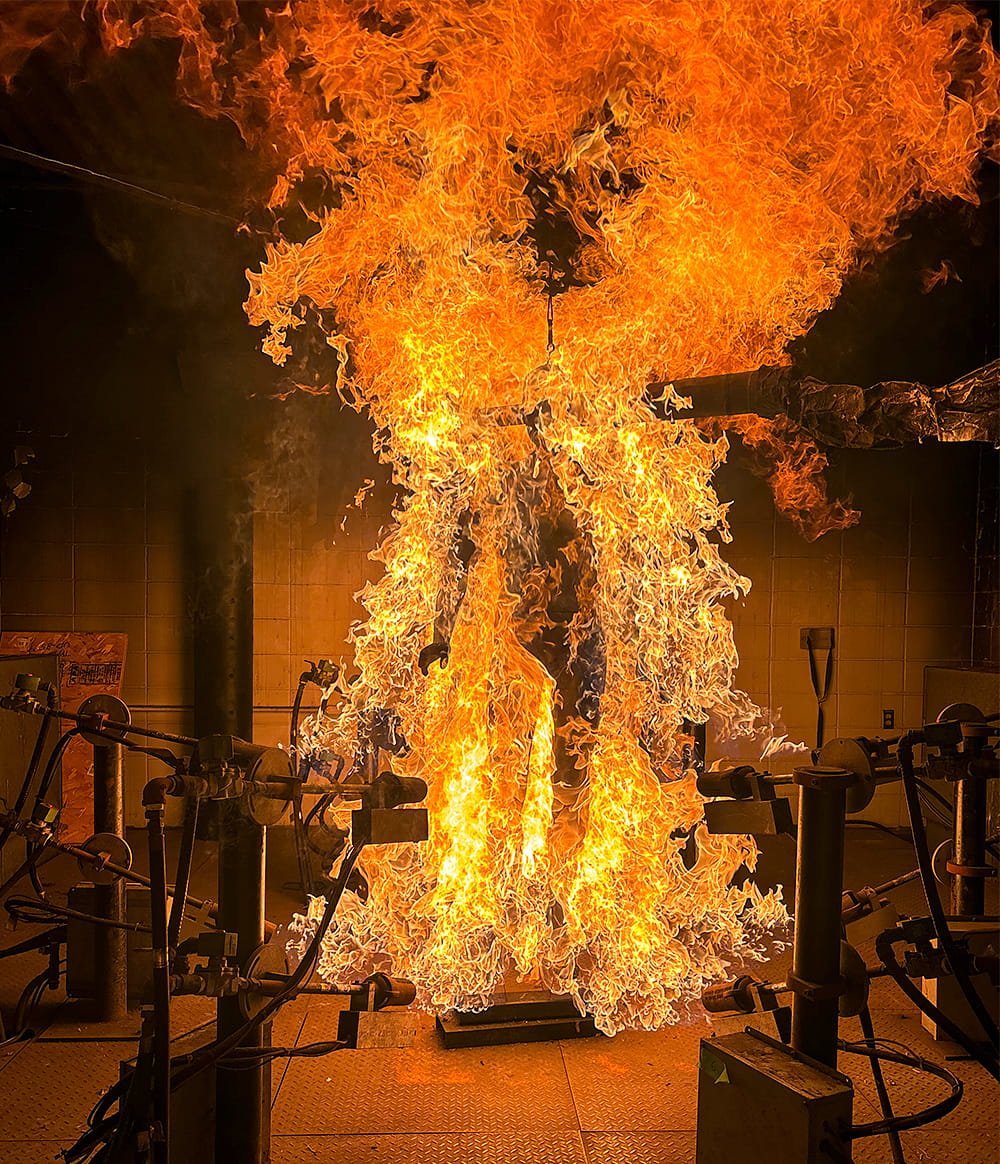A new protective shirt geared to the needs of wildland firefighters has been developed by University of Alberta researchers.
The prototype garment offers more protection than the current version commonly worn by workers who fight wildfires, says Elena Kosareva, who designed the shirt to earn a PhD in textile and apparel science from the Faculty of Agricultural, Life & Environmental Sciences.
“It’s been a long time since there was improvement in this design,” she says, noting a 24-year-old study conducted at the U of A on garments worn by wildland firefighters in the U.S. Forest Service, which showed that certain areas of the body needed more protection than was being provided.
“Nowadays wildfires seem to be more frequent, so as more people become involved in firefighting it’s crucial to provide better protection.”
Currently, the upper half of the standard outfit consists of a thin cotton undershirt, which is then covered by the flame-resistant outer shirt. But because it’s not possible to maintain an evenly distributed air gap inside the clothing, there are always some areas of the body—the shoulders, front and back torso, neck and wrists—that are in direct contact with the garment fabrics, making these areas especially vulnerable to burns from the fire’s heat, Kosareva notes.
“Air acts as an efficient insulator against that thermal heat, so creating an air gap between the human body and the outer layer of the protective garment provides protection against the high temperatures these firefighters face.”
Kosareva designed her shirt, which is being patented, by adding to the yoke and sleeves, a recently developed three-dimensional ‘spacer’ fabric made of flame-resistant fibres. The fabric also contains relatively thick, compression-resistant yarn that connects the upper and bottom layers of the material and traps air, creating an artificial gap in the areas of the garment that are in direct contact with the skin.

At the same time, the flame-resistant shirt also retains the lightweight, flexible and breathable qualities needed to help wildland firefighters do their job, adds Jane Batcheller, who supervised Kosareva’s research and helped test the prototype as principal investigator of the U of A’s Protective Clothing and Equipment Research Facility.
The clothing wildland firefighters wear differs from the much thicker, heavier suits worn by structural firefighters, she notes.
Largely tasked with felling trees, putting out hotspots and digging firebreaks, wildland firefighters stay suited up for hours-long shifts and often hike long distances while carrying their gear in backpacks.
“It’s very physically demanding work, so they can’t wear heavy bunker suits,” Batcheller explains.

